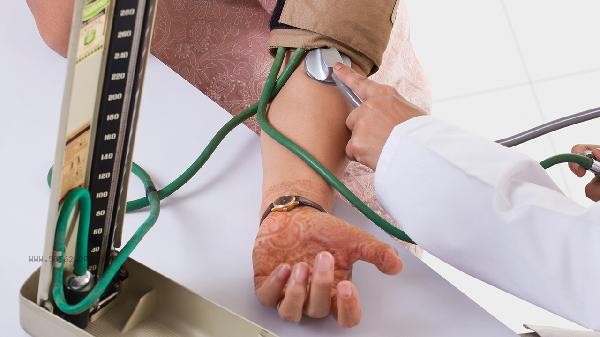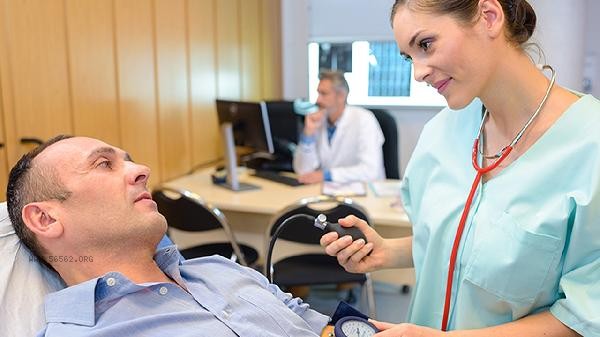Hypotension in body position is a phenomenon in which the blood pressure regulation mechanism is disrupted when suddenly changing body position, resulting in insufficient blood supply to the brain. Common causes include dehydration, medication side effects, neurological disorders, etc. Improvement methods include slowly changing positions, increasing water intake, adjusting medication use, etc. Dehydration is one of the common causes of orthostatic hypotension. Lack of water in the body can lead to a decrease in blood volume and a drop in blood pressure. It is recommended to consume sufficient water every day, especially in hot weather or after exercise. You can drink beverages containing electrolytes, such as sports drinks or coconut water, to help maintain fluid balance.

2. Drug side effects may also cause orthostatic hypotension. Some antihypertensive drugs, antidepressants, and diuretics can affect the mechanism of blood pressure regulation. If you suspect that medication is the cause, you should consult a doctor to adjust the dosage or replace the medication. For example, doctors may recommend reducing the dosage of antihypertensive drugs or switching to other types of medications. 3. Neurological disorders such as Parkinson's disease or multiple system atrophy can affect the function of the autonomic nervous system, leading to abnormal blood pressure regulation. These patients require targeted treatment under the guidance of a doctor, such as taking medication to regulate neurological function or undergoing physical therapy.
4. Long term bed rest or prolonged sitting can also increase the risk of orthostatic hypotension. Lack of exercise can lead to poor blood circulation and decreased ability to regulate blood pressure. It is recommended to engage in moderate exercise every day, such as walking, yoga, or light aerobic exercise, to help improve blood circulation and blood pressure regulation. Improper diet may also induce orthostatic hypotension. A low salt diet or nutritional imbalance can affect the stability of blood pressure. It is recommended to maintain a balanced diet, with moderate intake of salt and foods rich in vitamin B12 and iron, such as lean meat, eggs, and green leafy vegetables, to help maintain normal blood pressure levels. Although orthostatic hypotension is common, adjusting lifestyle and dietary habits can effectively improve symptoms. If symptoms persist or worsen, seek medical attention promptly to rule out potential health issues. Maintaining a regular schedule, moderate exercise, and healthy diet can help prevent the occurrence of orthostatic hypotension.










Comments (0)
Leave a Comment
No comments yet
Be the first to share your thoughts!